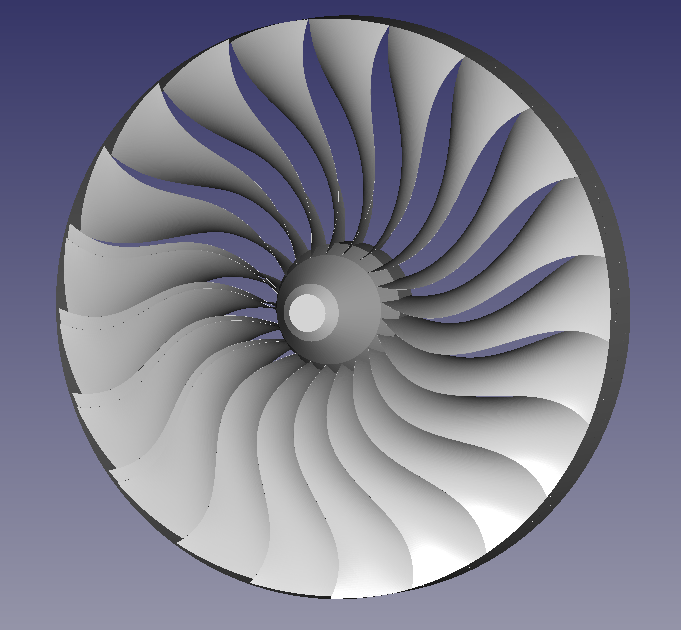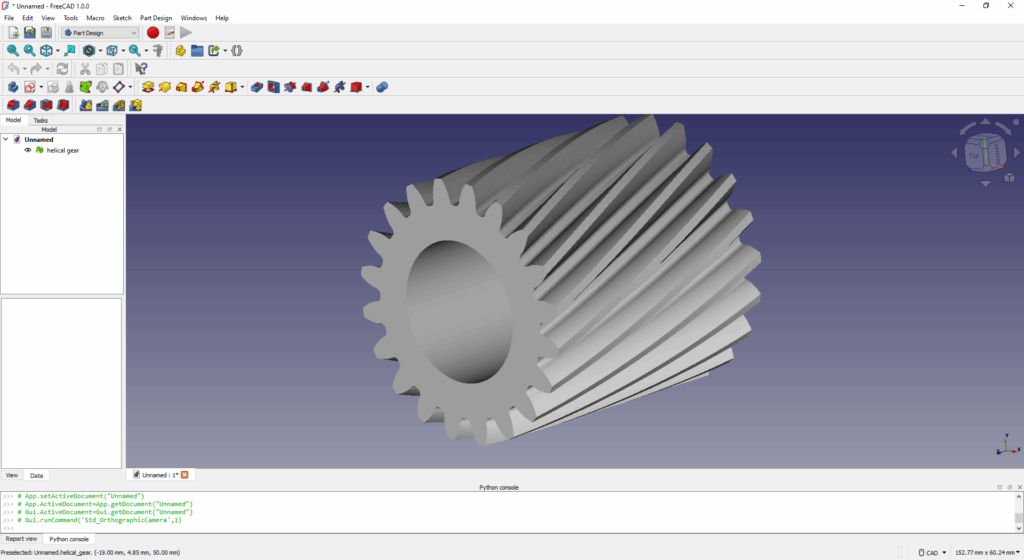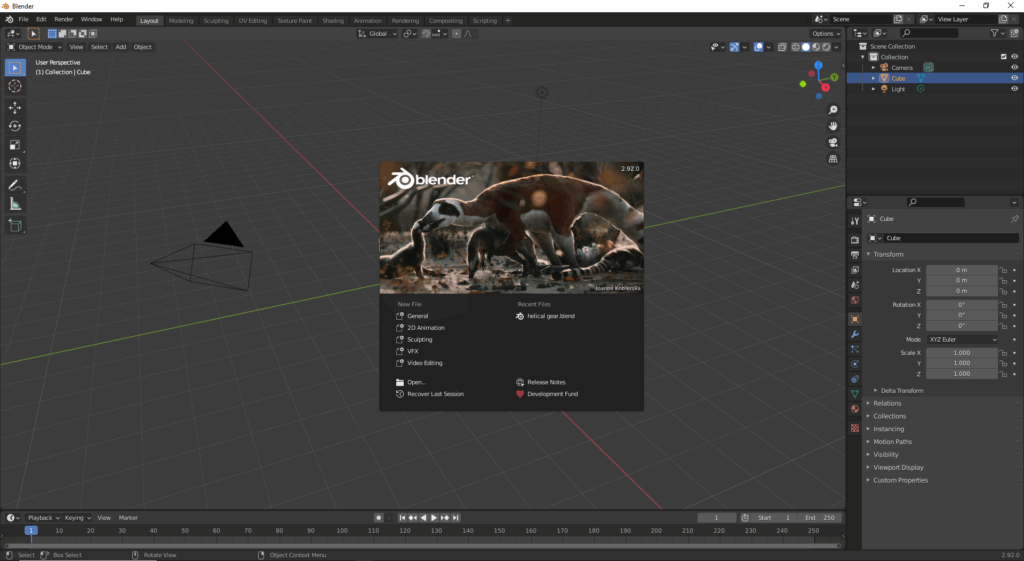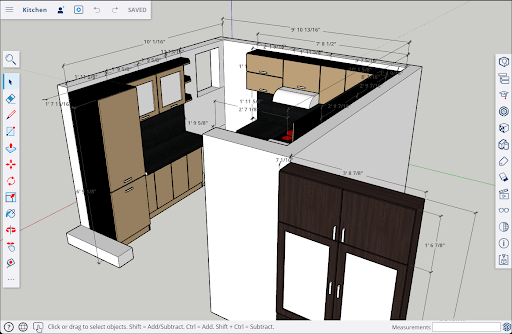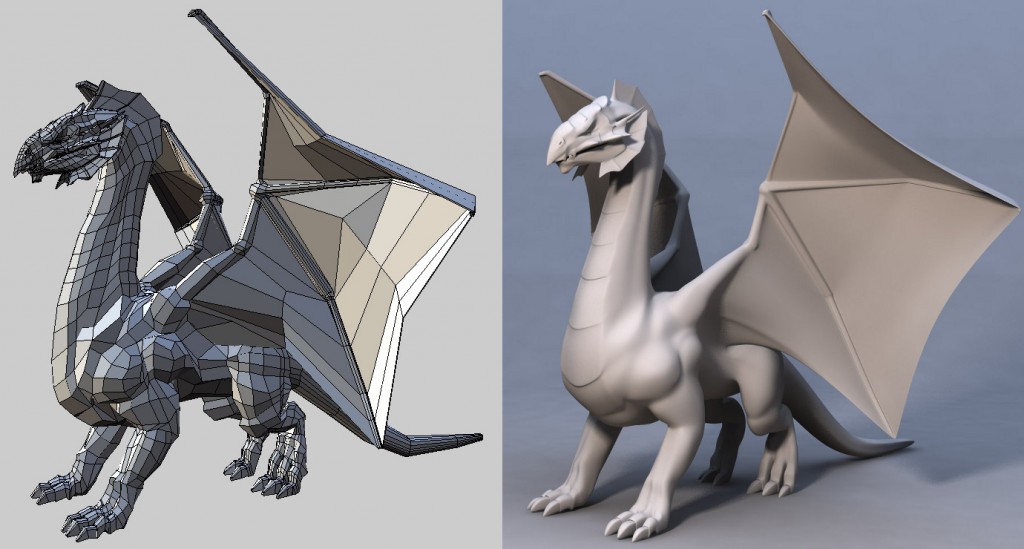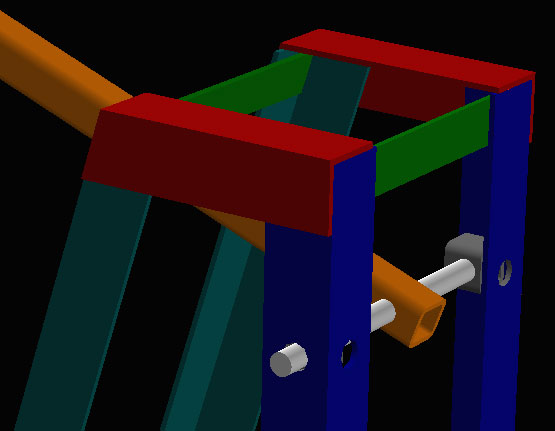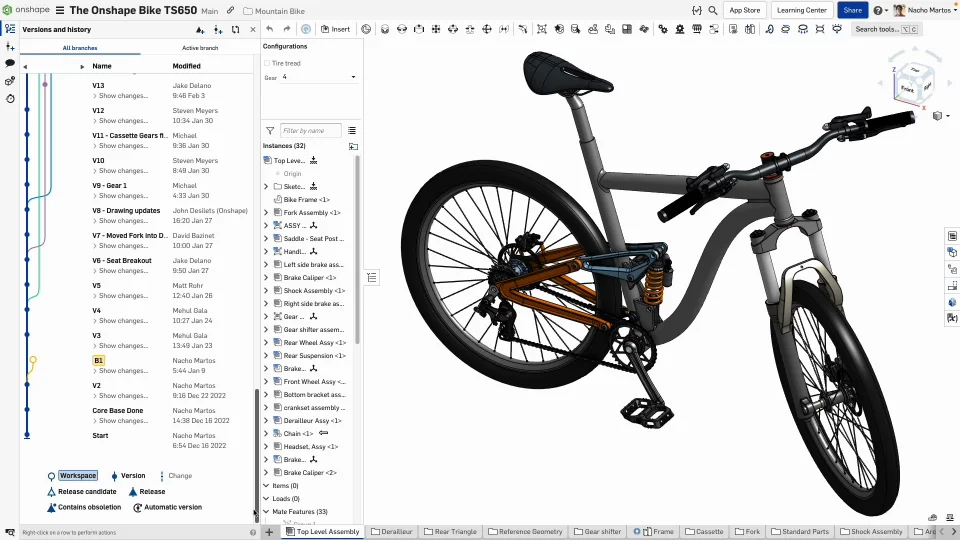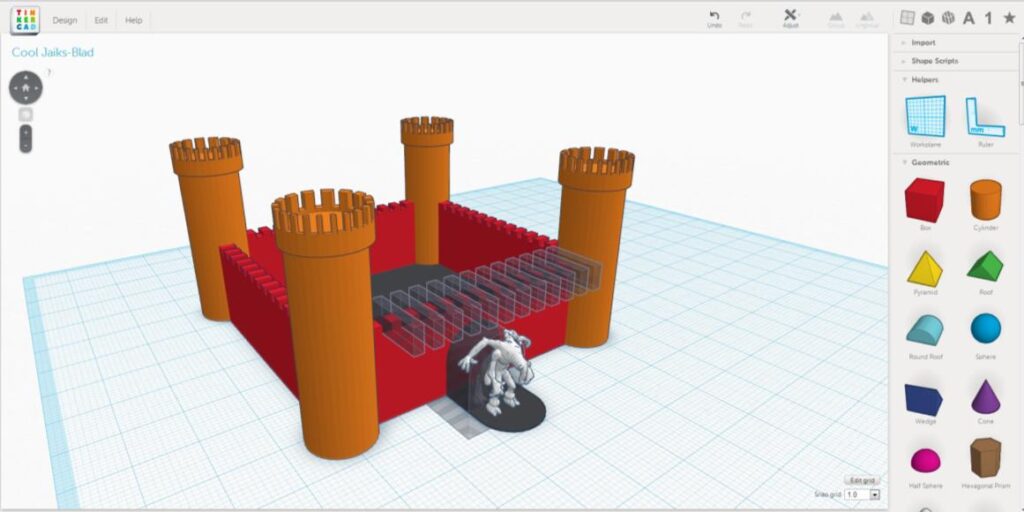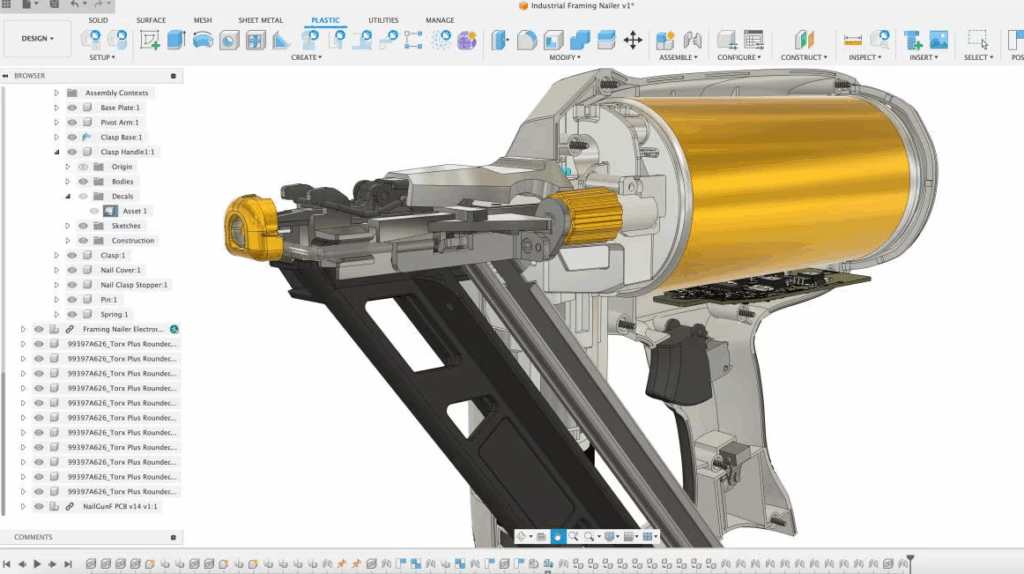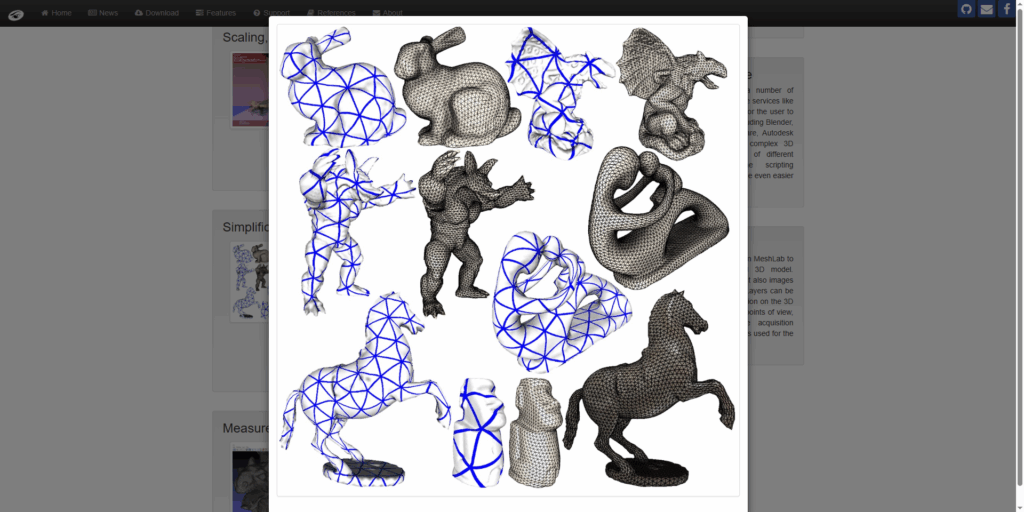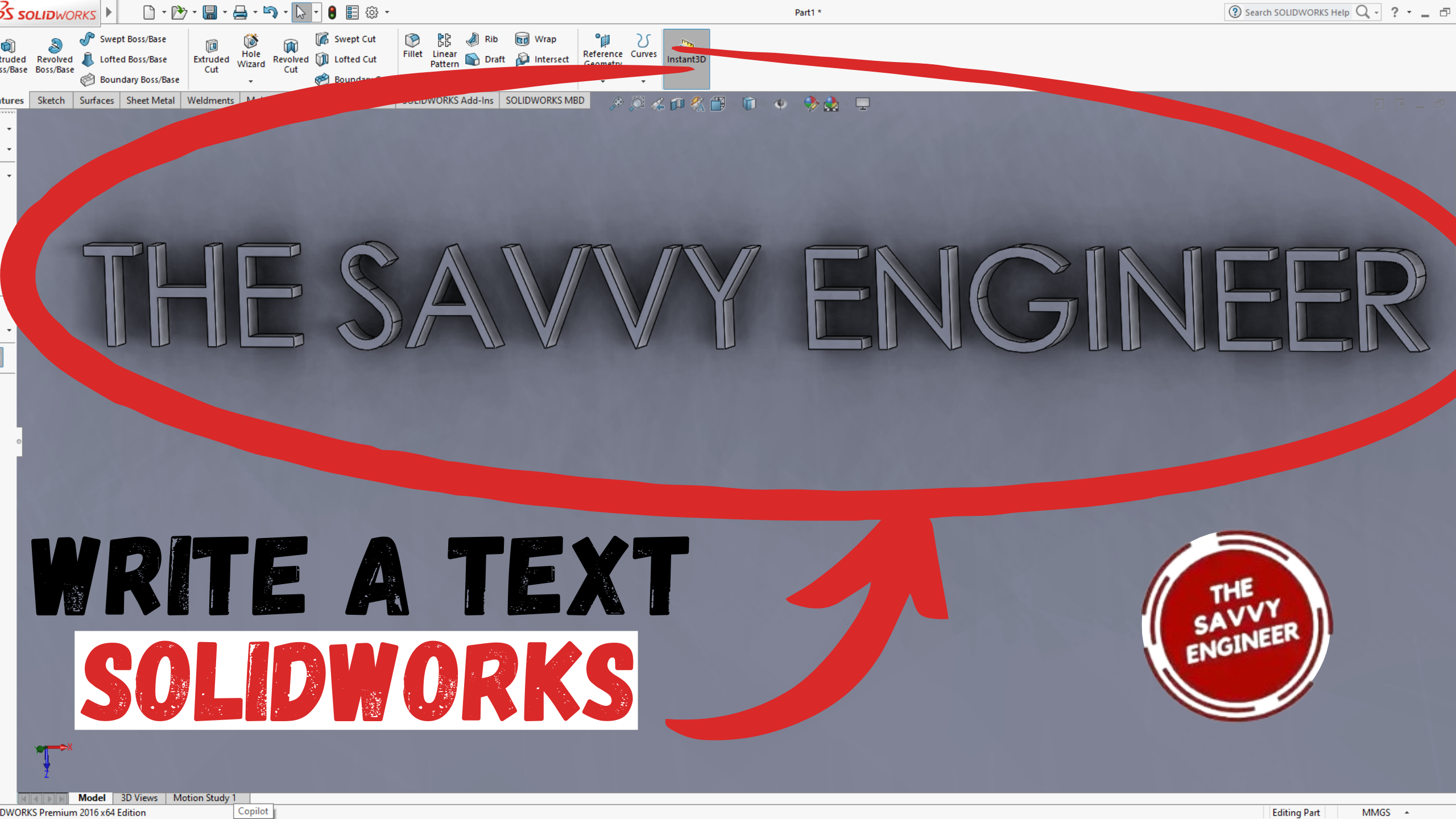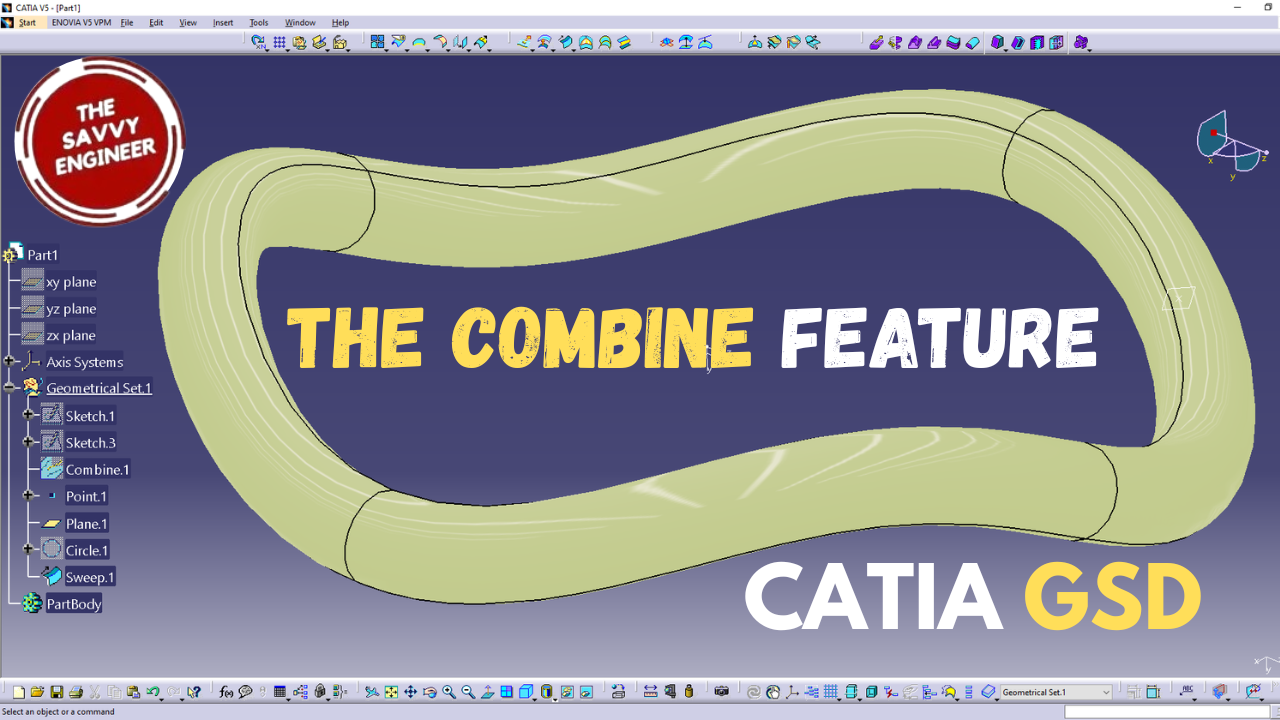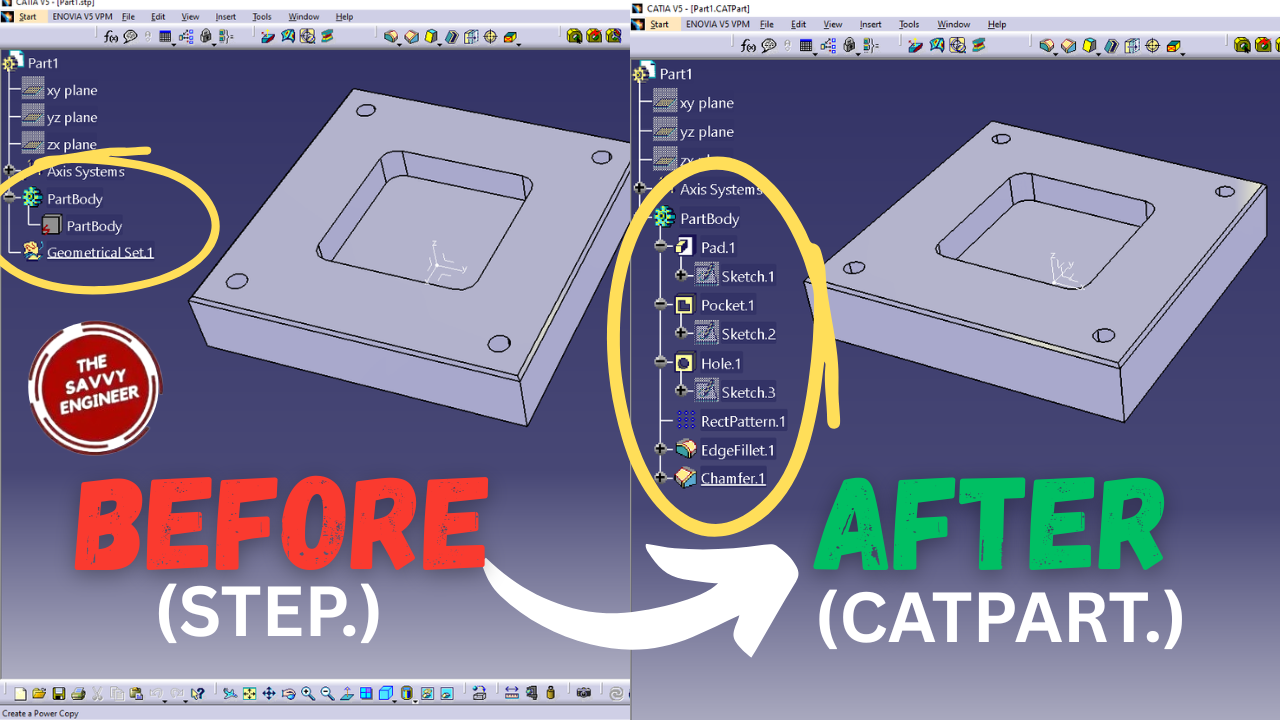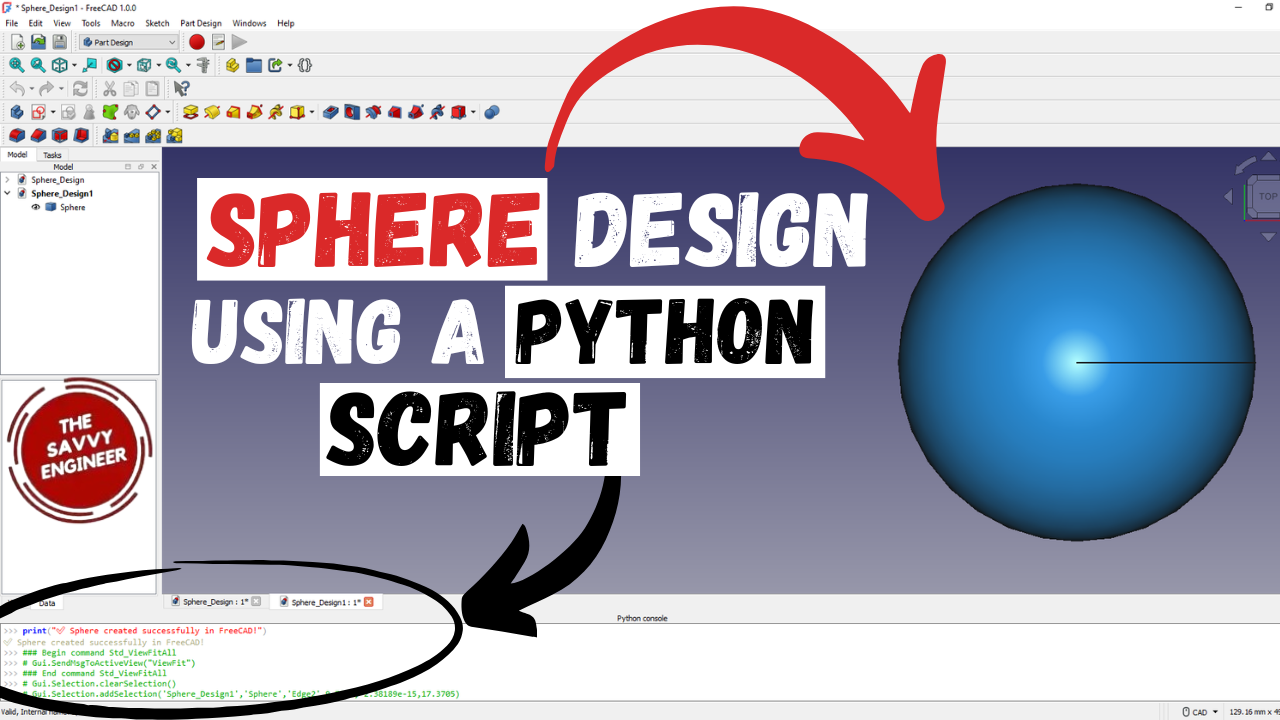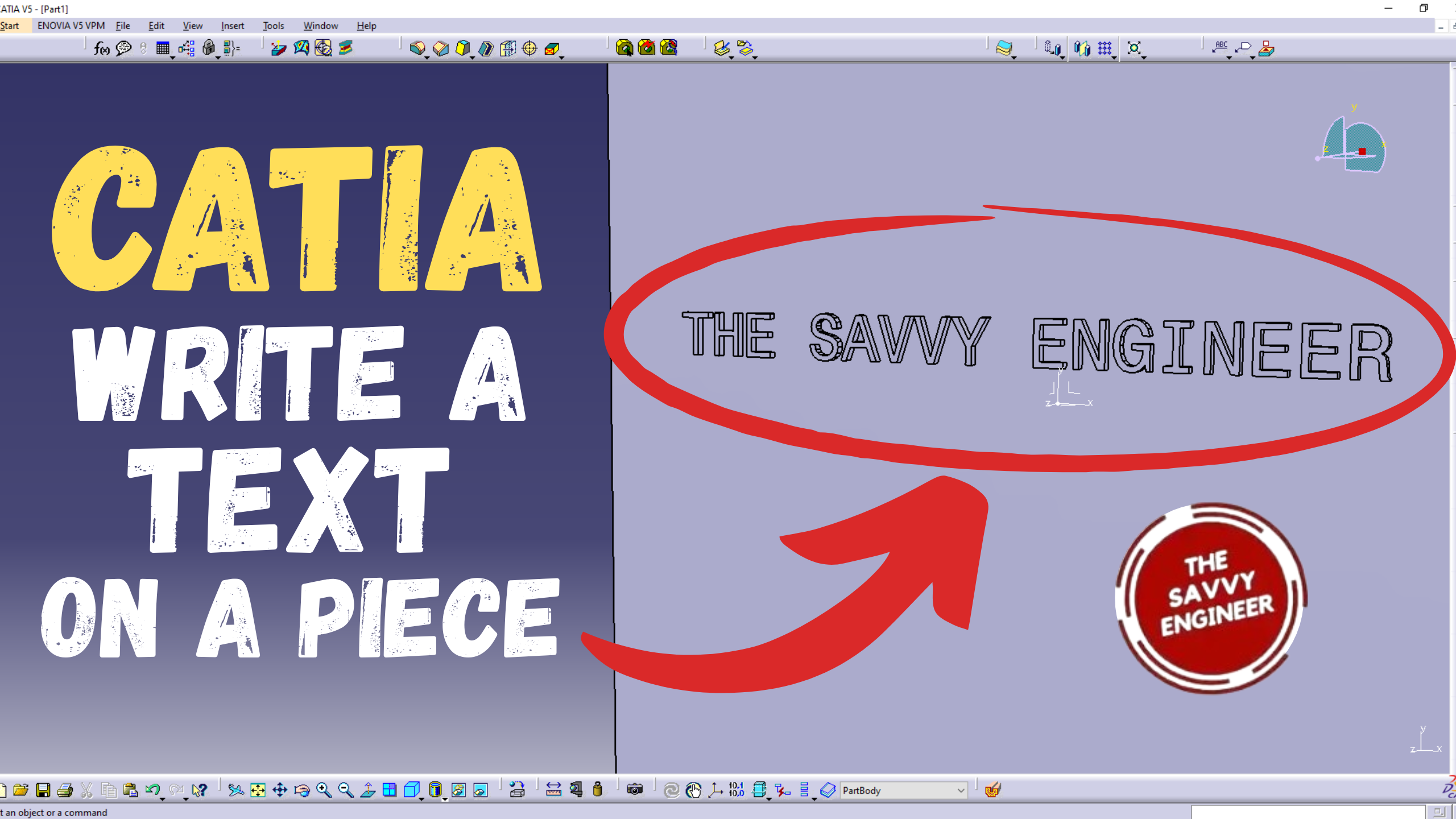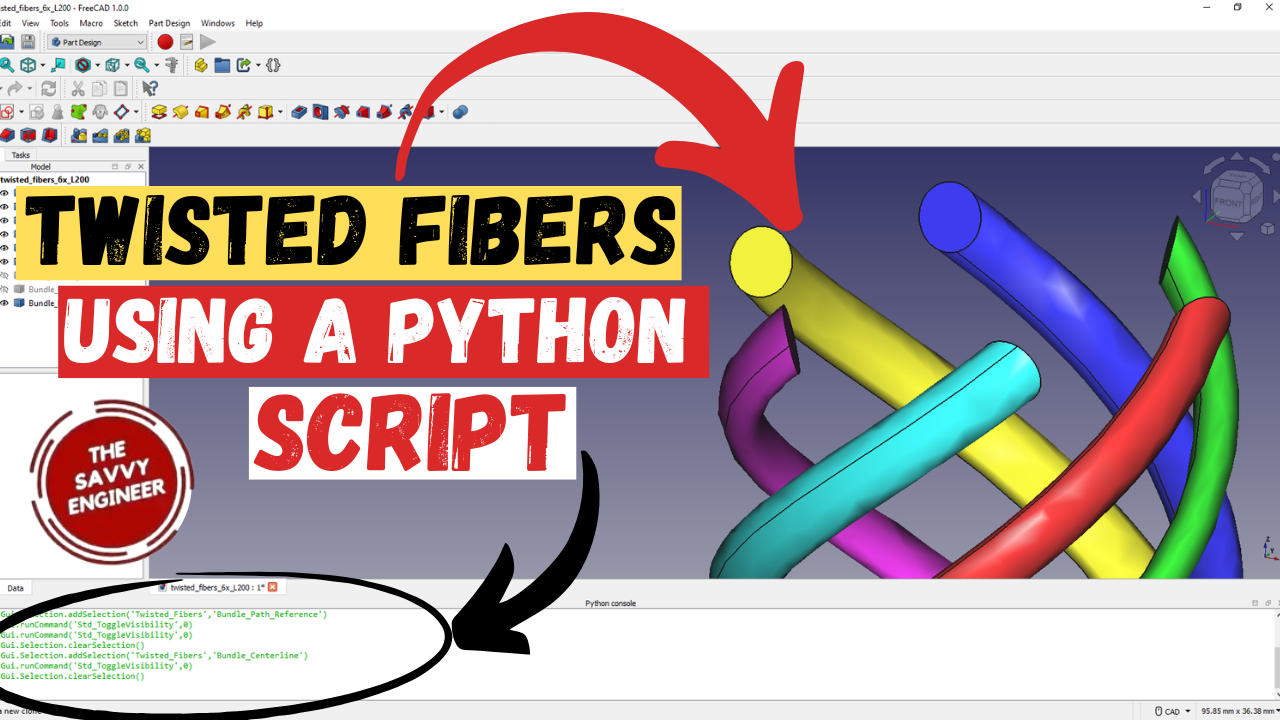You need to start using free 3D modeling software because it gives you the freedom to explore creativity without financial limits. These programs provide the essential tools to design anything—from small mechanical parts to complete environments—without needing expensive subscriptions or licenses. They’re perfect for students, hobbyists, and professionals who want to learn, practice, or create prototypes without worrying about cost.
Free 3D modeling software also helps you build valuable skills for modern industries such as engineering, animation, architecture, and game design. By experimenting with tools like FreeCAD, Blender, or Tinkercad, you can understand how shapes, materials, and space interact in real-world applications. The hands-on learning experience strengthens both your technical and creative thinking.
Another reason to use free 3D software is the community support. Many open-source programs have strong online communities where you can ask questions, share ideas, and download free models or add-ons. This collaboration helps you improve faster and discover new design techniques.
In essence, using free 3D modeling software is not just about saving money—it’s about unlocking your potential, learning industry-relevant skills, and turning your imagination into something real without any financial pressure.
What are these best Free CAD Software?
1. FreeCAD
You need to start using FreeCAD because it’s one of the most powerful and accessible design tools available for anyone interested in 3D modeling, engineering, or product design. Unlike many expensive CAD programs, FreeCAD is completely free and open-source, allowing you to create precise 3D models without any financial investment. It’s designed to handle real-world objects of any size and complexity, making it ideal for students, hobbyists, and professionals alike.
FreeCAD’s parametric modeling feature is one of its greatest strengths. It allows you to modify your designs easily—change dimensions, adjust features, or redesign parts—without starting from scratch. This makes it perfect for iterative design and engineering work. The software also supports a wide range of file formats, so you can import and export models seamlessly across other platforms.
Beyond its technical abilities, FreeCAD has an active global community that constantly improves the software and shares free tutorials, add-ons, and models. You’re never working alone—there’s always support and inspiration available.
In short, starting with FreeCAD helps you learn professional-grade CAD design, develop engineering skills, and create accurate, customizable 3D models—all with a tool that’s completely free, flexible, and built for innovation.
2. Blender
You need to start using Blender because it’s one of the most versatile and powerful 3D creation tools available today—and it’s completely free. Whether you’re interested in animation, game design, product visualization, or digital art, Blender gives you everything you need in a single open-source platform. It combines modeling, sculpting, rendering, texturing, and even video editing in one workspace, making it perfect for beginners and professionals alike.
One of Blender’s biggest strengths is its flexibility. You can create realistic 3D objects, animate characters, simulate physics, or design cinematic effects—all without switching programs. Its Cycles and Eevee rendering engines produce stunning results, allowing you to turn your imagination into high-quality visuals.
Another reason to use Blender is its massive and passionate global community. Thousands of tutorials, plugins, and free assets are available, helping you learn quickly and stay inspired. Unlike many paid 3D programs, Blender’s open-source nature means constant updates and improvements from developers worldwide.
In short, Blender empowers you to create without limits. It’s not just software—it’s a complete creative environment that helps you develop real 3D skills, bring your ideas to life, and stay at the forefront of digital design innovation.
3. SketchUp Free
You need to start using SketchUp Free because it offers one of the simplest and most intuitive ways to create 3D models directly from your web browser—no installation, no cost, and no complicated learning curve. It’s perfect for anyone who wants to visualize ideas quickly, whether you’re designing a house, furniture, or a product prototype. With its clean interface and easy-to-use drawing tools, SketchUp Free helps turn basic sketches into accurate 3D models in minutes.
One of its biggest strengths is accessibility. Because it’s web-based, you can use it on almost any computer and access your projects from anywhere through cloud storage. This makes collaboration and sharing designs effortless. Despite being free, SketchUp offers professional-grade precision, allowing you to create detailed models for architecture, engineering, or design projects.
Another reason to use SketchUp Free is its large online community and 3D Warehouse—a library of millions of ready-to-use models that can save you time and inspire creativity. Whether you’re a beginner or an experienced designer, SketchUp Free gives you the flexibility to design efficiently without technical barriers.
In short, it’s the perfect tool to start learning 3D modeling, express your ideas clearly, and create professional-looking designs for free.
4. Wings 3D
You need to start using Wings 3D because it is a powerful, free, and open-source 3D modeling tool designed for creating detailed and complex polygonal models. Whether you’re a beginner exploring 3D design or an experienced artist focusing on modeling, Wings 3D offers an accessible platform to bring your ideas to life without the financial burden of commercial software.
One of the key advantages of Wings 3D is its intuitive interface and modeling workflow. It uses a context-sensitive right-click menu that makes modeling faster and more efficient. With advanced tools for vertex, edge, and face manipulation, you can create precise shapes, sculpt intricate details, and experiment with different design ideas. This makes it ideal for character modeling, game assets, or product design.
Wings 3D also supports customizable hotkeys, lights, and materials, giving you flexibility to tailor the workflow to your needs. Although it does not include animation features, its strong modeling capabilities allow you to export models to other software for rendering or animation.
Additionally, Wings 3D benefits from a passionate community of users who share tutorials, plugins, and models, helping you learn quickly and stay inspired.
In short, Wings 3D is a lightweight, efficient, and professional-grade modeling tool that empowers you to create detailed 3D models, develop essential design skills, and explore creative projects—all for free.
5. OpenSCAD
You need to start using OpenSCAD because it offers a unique approach to 3D modeling that emphasizes precision, control, and parametric design. Unlike traditional modeling software where you manipulate shapes visually, OpenSCAD allows you to create 3D models using code and scripts, making it perfect for engineers, designers, and makers who value accuracy and repeatability.
One of OpenSCAD’s biggest strengths is its parametric capabilities. By defining dimensions and variables in code, you can easily adjust your design without redoing the entire model. This is especially useful for designing mechanical parts, enclosures, or any object that requires exact measurements. Changes to parameters automatically update the model, saving time and reducing errors.
OpenSCAD is also lightweight and completely free, with support for multiple platforms, making it accessible to everyone. Its scripting-based workflow encourages logical thinking and problem-solving, skills that are highly valuable in engineering and design fields.
Another advantage is its compatibility with other tools. OpenSCAD supports standard file formats like STL and DXF, allowing you to export your designs for 3D printing, CNC machining, or further refinement in other CAD software.
In short, OpenSCAD empowers you to create precise, customizable, and parametric 3D models efficiently. It’s an excellent tool for anyone who wants to combine programming with 3D design and gain full control over their projects.
6. SolveSpace
You need to start using SolveSpace because it is a lightweight, free, and powerful 3D CAD software that combines parametric modeling with simplicity and efficiency. It is designed for engineers, hobbyists, and designers who want to create precise 2D sketches, 3D parts, and assemblies without the complexity or cost of high-end CAD programs.
One of the key strengths of SolveSpace is its parametric modeling capability. You can define dimensions, constraints, and relationships between parts, allowing your designs to be easily modified without starting from scratch. This is especially useful for creating mechanical components, assemblies, or 3D-printed objects that require exact measurements.
SolveSpace also supports 2D and 3D export formats, including STL, DXF, and STEP, making it compatible with 3D printing and other CAD software. Its lightweight interface and minimal system requirements allow it to run smoothly even on older computers, making it highly accessible for students and small workshops.
Another advantage is the focus on efficiency. SolveSpace’s intuitive tools for sketching, extruding, revolving, and assembling parts make modeling fast and precise. While it is simpler than some professional CAD packages, it provides all the essential features needed for practical design projects.
In short, SolveSpace empowers you to create accurate, parametric 3D models quickly and effectively. It’s an ideal tool for anyone looking to develop CAD skills and bring design ideas to life without cost or unnecessary complexity.
7. Onshape Free
You need to start using Onshape Free because it provides a professional-grade, cloud-based 3D CAD platform accessible to anyone at no cost. Unlike traditional CAD software that requires installation and high-end hardware, Onshape runs entirely in a web browser, allowing you to design, edit, and collaborate on projects from anywhere. This makes it ideal for students, hobbyists, and small teams who want to work efficiently without investing in expensive software.
One of the standout features of Onshape Free is its parametric and feature-based modeling. You can define dimensions, constraints, and relationships between components, making it easy to adjust designs and iterate quickly. Changes to one part automatically update related components, which saves time and reduces errors in complex assemblies.
Onshape Free also emphasizes real-time collaboration. Multiple users can work on the same project simultaneously, leave comments, and track version history. This cloud-based workflow eliminates the need for file transfers, ensuring everyone always has the latest version of a design.
Additionally, Onshape supports a wide range of export formats, including STL and STEP, making it compatible with 3D printing, CNC machining, and other CAD platforms.
In short, Onshape Free empowers you to create precise, professional-quality 3D models while collaborating seamlessly online. It’s an excellent tool for learning, prototyping, and developing CAD skills without financial barriers.
8. Tinkercad
You need to start using Tinkercad because it is one of the most beginner-friendly and accessible 3D modeling tools available today. Completely web-based and free, Tinkercad allows anyone—from students to hobbyists—to quickly create 3D models, electronics designs, and even simple circuits without prior experience. Its intuitive drag-and-drop interface makes learning 3D design easy and enjoyable, allowing users to focus on creativity rather than technical complexity.
One of the biggest advantages of Tinkercad is its simplicity combined with versatility. You can design objects for 3D printing, create prototypes, or experiment with basic electronics projects using its integrated circuits and Arduino simulation features. This makes it an ideal tool for classrooms, makerspaces, or anyone exploring STEM concepts.
Tinkercad also supports exporting models in common formats like STL and OBJ, enabling seamless use with 3D printers or other CAD software. Its online platform promotes collaboration, allowing you to share designs, remix other users’ models, or work on projects from any device with internet access.
In short, Tinkercad empowers you to turn ideas into tangible designs quickly and without cost. It’s a perfect starting point for learning 3D modeling, exploring engineering concepts, and developing the skills needed for more advanced CAD software in the future.
9. Autodesk Fusion 360
You need to start using Autodesk Fusion 360 because it is a comprehensive, cloud-based 3D CAD, CAM, and CAE platform that combines powerful design tools with accessibility and collaboration. Unlike traditional CAD software that separates design, simulation, and manufacturing, Fusion 360 integrates all these functions in one environment, making it ideal for engineers, product designers, and hobbyists who want to take a project from concept to production seamlessly.
One of Fusion 360’s greatest strengths is its parametric and direct modeling capabilities. You can create complex parts, assemblies, and mechanical components with precision, and any changes to your model automatically update related features. Its simulation tools allow you to test strength, motion, and thermal performance before manufacturing, reducing errors and saving time.
Fusion 360 also offers CAM functionality, enabling you to generate toolpaths for CNC machining directly from your designs. This makes it easier to move from virtual models to physical products efficiently. Its cloud-based system supports real-time collaboration, version control, and accessibility from any device, ensuring teams and individuals can work together seamlessly.
In short, Fusion 360 empowers you to design, test, and manufacture with a single, professional-grade platform. It’s an excellent tool for learning advanced CAD skills, prototyping, and creating production-ready designs, all while streamlining workflow and enhancing creativity.
10. Meshlab
You need to start using MeshLab because it is a powerful, free, and open-source software specifically designed for processing and editing 3D meshes. Whether you are a student, hobbyist, or professional working with 3D scans, 3D printing, or digital modeling, MeshLab provides the essential tools to clean, repair, and refine complex 3D models efficiently.
One of MeshLab’s greatest advantages is its ability to handle high-resolution meshes. It can simplify, smooth, and optimize large models without losing critical detail, making it ideal for 3D printing or visualization. You can also remove duplicate vertices, fill holes, and correct mesh errors, ensuring your models are fully prepared for production or simulation.
MeshLab supports a wide range of file formats, including STL, OBJ, PLY, and more, allowing seamless integration with other CAD or modeling software. Its built-in filters and algorithms help you analyze mesh quality, measure distances, and even convert point clouds into usable surfaces.
Another benefit is its active community and extensive documentation, which provides tutorials and plugins to extend functionality.
In short, MeshLab empowers you to transform raw 3D scans or models into clean, usable meshes, offering precision and control without the cost of commercial software. It’s an essential tool for anyone looking to enhance 3D models, prepare designs for printing, or work with complex mesh data efficiently.



